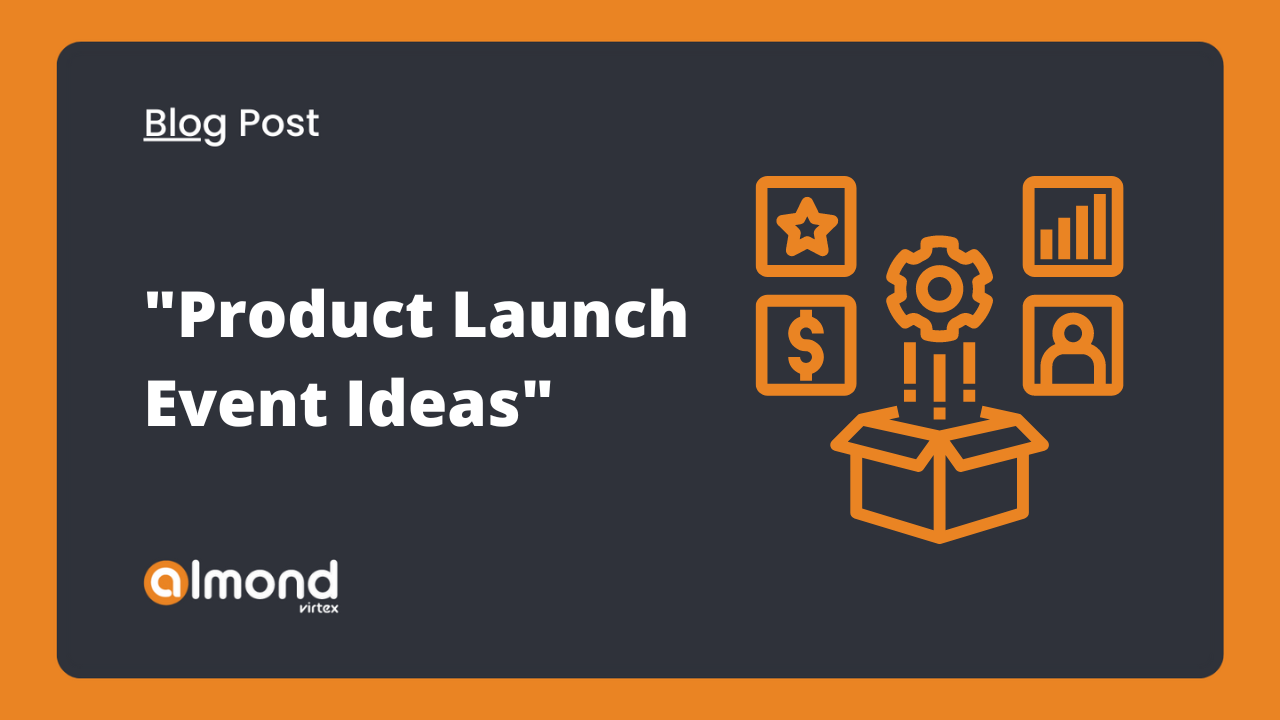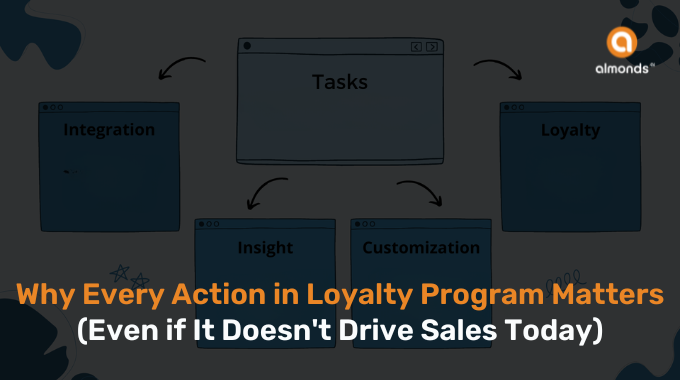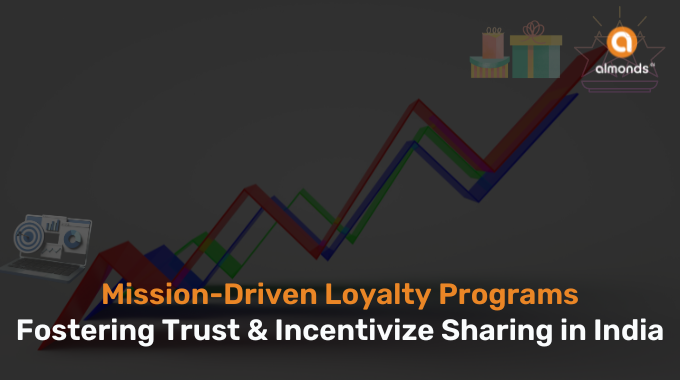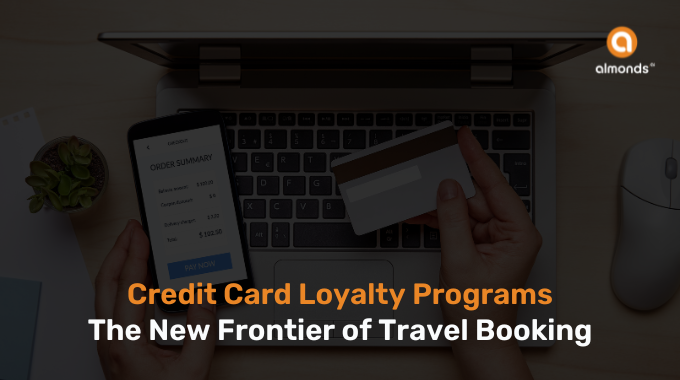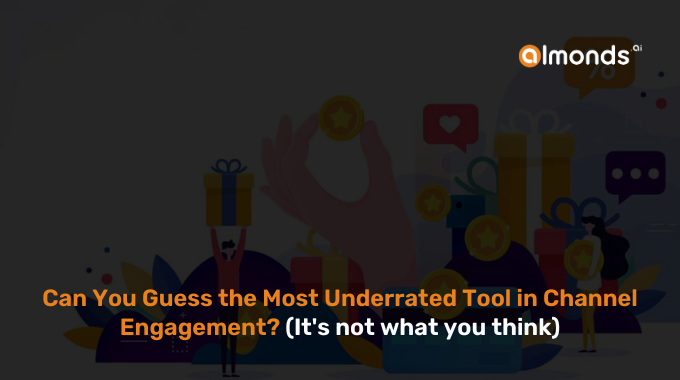5 Powerful Product Launch Event Ideas
We all know that events are great for exposure, but they’re also a perfect way to show the world who you really are. Whether it’s a panel, virtual conference event or trade shows, events set the stage for exposure with an added human touch.
Product launch events can be a great tool to use in order to build interest in your new products and services. If done correctly, they can create immense excitement and hype around your products, leading to very positive PR, social media engagement, and credibility with prospective clients.
Companies can launch their product either through virtual event platforms or hybrid events platforms.
What are Product Launch Events?
A product launch is when a company brings a new product or service to market. A successful product launch starts well before the actual release date, and the effects of one will be felt long afterward. It will build anticipation, facilitate an initial influx of sales, and establish momentum that a company can expand upon.
With so many different creative ways to introduce your latest product, you can differentiate your product from the crowd and make an impact effectively.
5 Powerful Product Launch Event Ideas
Here are some of the best event planning tips for a grand product launch that in essence make it different from your average going away party though.
1. Create Buzz about the Event
Businesses have long recognized the value of using social media to announce a new product. Promoting such information creates excitement and connects your business with a larger audience, all while growing brand awareness.
2. Create Unique Hashtag
Encourage everyone at the event to use that hashtag when tweeting, posting or commenting about your event. Doing so will make it easier for followers to track what’s happening at the event and help you create buzz around your brand.
3. Organizing Contests
A well-organized and designed contest can be a great way to get people involved in your product launch. Encourage them to share their opinion or try to guess something about your product. Challenges are a great way of being creative when organizing contests for your products.
4. Do a Pre-Event Survey
As a host, you must be prepared with relevant data and information about your product. Get started with the pre-event survey and the results can give you answers to all those questions that have been on your mind.
5. Have a follow-Up plan
The launch of a new product is an exciting occasion and should definitely be celebrated. But, if you want to reap the maximum benefits from your product launch event, it’s important to follow up in the right ways.
As the necessity to accommodate remote and hybrid events grows, creating a memorable product launch event has become more difficult. However, that doesn’t mean you have to adhere to the same old dull tried-and-tested model that relies exclusively on your product to steal the show. An excellent product can be elevated with the appropriate buzz and become something that everyone wants.
If you are planning to host your product launch event through virtual or hybrid event platforms then there are some platforms like Dreamcast, vFairs, Almond Virtex, Hubilo, Airmeet that provide you with all-in-one solution for any and every event.
